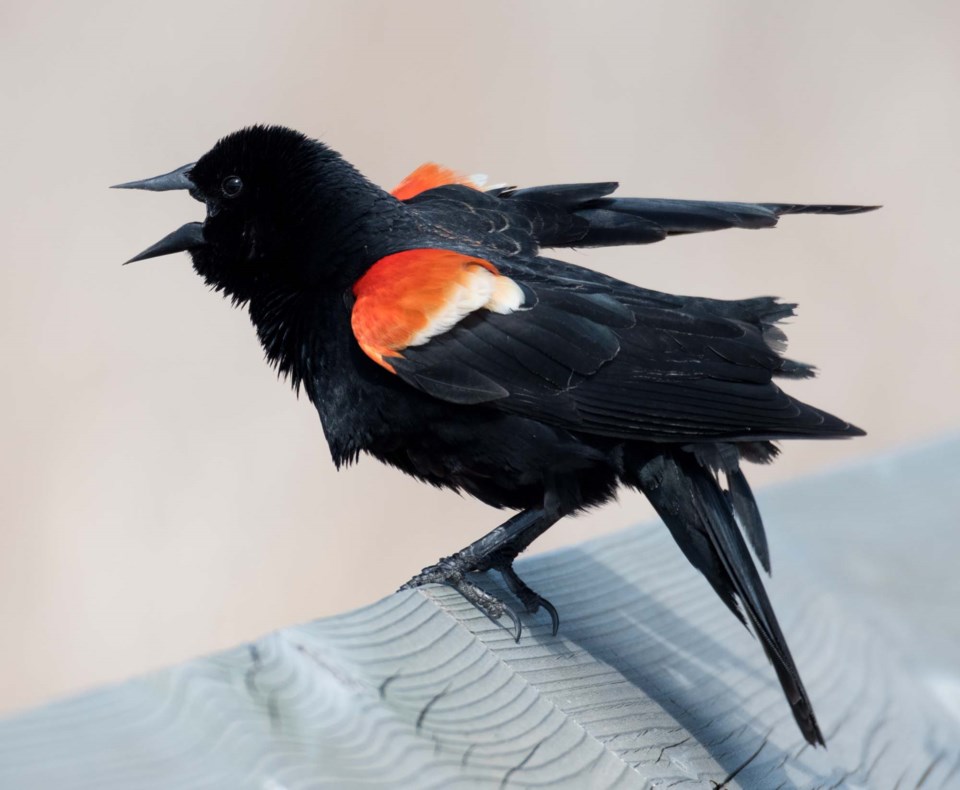Canadian and U.S. bird populations have shrunk almost 30 per cent since 1970, suggests a new study, and scientists say that’s a sign of major problems in the natural world.
Ken Rosenberg of the Cornell Lab of Ornithology and his team published a study Thursday in Science on the decline in overall bird abundance in Canada and the U.S. since 1970.
The study used 50 years of data from Christmas bird counts, breeding bird surveys, and other civilian-led studies to estimate population changes in 529 bird species representing some 76 per cent of the birds that breed in Canada and the U.S., and is reportedly the most comprehensive inventory of North American birds ever done.
The study found that there were now roughly 7 billion of these birds flying around Canada and the U.S. – down some 29 per cent from the 10 billion there were in 1970. Using weather radar data from 2007 to 2017, it found a similar 14 per cent drop in abundance during spring migration.
These are not just endangered species on the decline, said study co-author Adam Smith of the Canadian Wildlife Service – the bulk of these vanished birds are common ones such as barn swallows, sparrows, blackbirds, and pigeons.
“Red-winged blackbirds, they’re everywhere,” he said, yet the team found that there were roughly 100 million less of them today than in 1970.
Smith said white-throated sparrows – the first bird whose song he learned – saw a similar drop, with dark-eye junco numbers down some 170 million. Even introduced species, like the house sparrow and rock pigeon, have seen precipitous drops in abundance.
“We are losing common birds from all the ecosystems across the continent with the possible exception of wetlands,” he said.
This study reflects trends shown in previous studies of specific species but is one of the first to look at overall abundance on this scale, said Jeff Wells of the National Audubon Society.
“It’s kind of a staggering amount to think about.”
But it’s also not a huge surprise when you think about it, said Miles Constable of the Big Lake Environment Support Society.
“Most of our small birds are only resident in Canada in the summertime,” he said, and we’ve done a remarkably good job of eliminating their migratory habitat. He remembers seeing black-crowned night herons during Springing to Life at Big Lake 10 years ago, for example, but hasn’t seen them since as the ponds they used to nest in along 170 Street have been replaced with warehouses.
“If we don’t try to reverse that habitat elimination, we’re simply going to have fewer and fewer birds of all sorts.”
Conservation solutions
These common birds are ones Canadians rely upon for vital ecosystem services such as seed dispersal, pest control, and enjoyment, Smith said. Their loss, along with losses in insects and amphibians seen in other studies, are all indicators of systemic problems in the natural world.
Smith said other studies suggest that the biggest reason for these bird declines was habitat loss. Most of these species were migratory, and they need both stopover sites and winter breeding grounds to survive.
Smith said the study did find some birds that had bucked the trend. Many forms of waterfowl are now more abundant than they were in 1970 due to wetland conservation. Raptors, such as the bald eagle he and his family saw while canoeing last week, are also recovering due to international efforts to ban DDT.
“When we act, conservation works,” he said.
We can act collectively to support birds by backing government action to create protected areas, reduce pesticide use, and address climate change, Smith and Wells said. Individually, we can plant native species in our backyards, put up decals on windows to prevent birds from hitting them, keep our bird-killing cats indoors, and buy shade-grown coffee (as it preserves forests).
The study is available in the Sept. 20 edition of Science.




